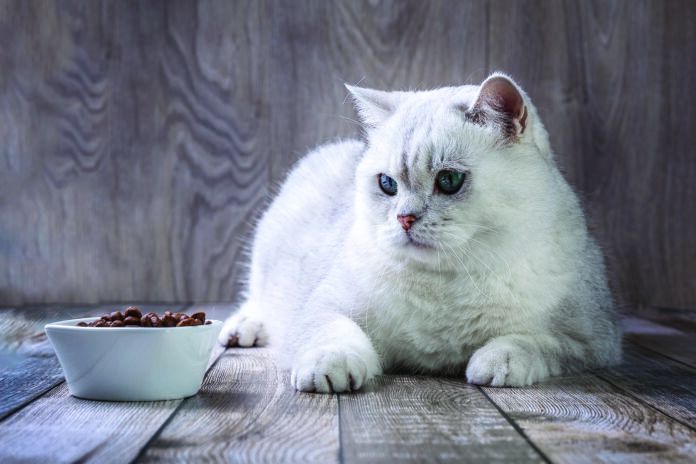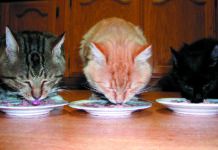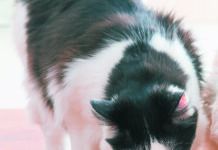Sometimes in the “Guaranteed Analysis” box on a cat food label, you’ll see ash as an ingredient. What’s going on? Are burnt embers some kind of filler that cat food manufacturers can get away with when formulating feline diets?
No. Ash in pet food is simply a measure of the diet’s minerals: calcium, phosphorus, iron, copper, zinc, potassium, sodium, and so on. And a very crude measurement it is. Here’s how it’s determined.
Samples of the food are put into a furnace and burned until the only thing left are ingredients that won’t burn. Those ingredients are the minerals. Everything else — the protein, fat, fiber, and vitamins — are completely incinerated. Ash is given as a percentage because it’s literally a percentage of the food’s total weight. You compare the weight of the minerals that make up the ash to the total weight of the food before burning. If the ash is listed as 6 percent, it means minerals make up roughly 6 percent of the food’s weight.
Not a helpful number
Don’t feel concerned about the percent of your cat’s diet that is listed as ash. It’s not a useful piece of information for helping you determine which food to buy. In fact, it’s generally used by food makers to determine the amount of carbohydrate in the diet rather than to say much about mineral contributions. If you measure the protein, fat, fiber, and ash, what’s left is assumed to be the carbohydrate.
Granted, in a very general way, the percent ash can give you a sense of a cat food’s level of calcium and phosphorus. Those two minerals make up the majority of the minerals in pet food, so the ash roughly parallels the amounts of those two ingredients. But for getting a handle on whether a food is right for your cat, the thing to do is to look for the Statement of Nutritional Adequacy. That will tell you whether the food is appropriate for your cat at her stage of life (or appropriate at “all life stages”).
What if your cat needs a specific amount of certain minerals?
Some cats have a medical condition that requires they eat a certain amount of one or more minerals. For instance, a cat with heart disease may need a diet that’s reduced in sodium. The percent ash in the Guaranteed Analysis will not be useful here. In such cases, you need to get the amount of the mineral at issue from the manufacturer and then go over the number with your veterinarian to help you make heads or tails of it. (Note: Analyzing a food for specific minerals is more expensive than burning the food and seeing how much ash is left. If the manufacturer doesn’t know the amounts of specific minerals in the food or won’t tell you, consider that a huge red flag.)
Your vet can also prescribe a therapeutic diet that she knows has the right level of minerals for your cat’s condition.




